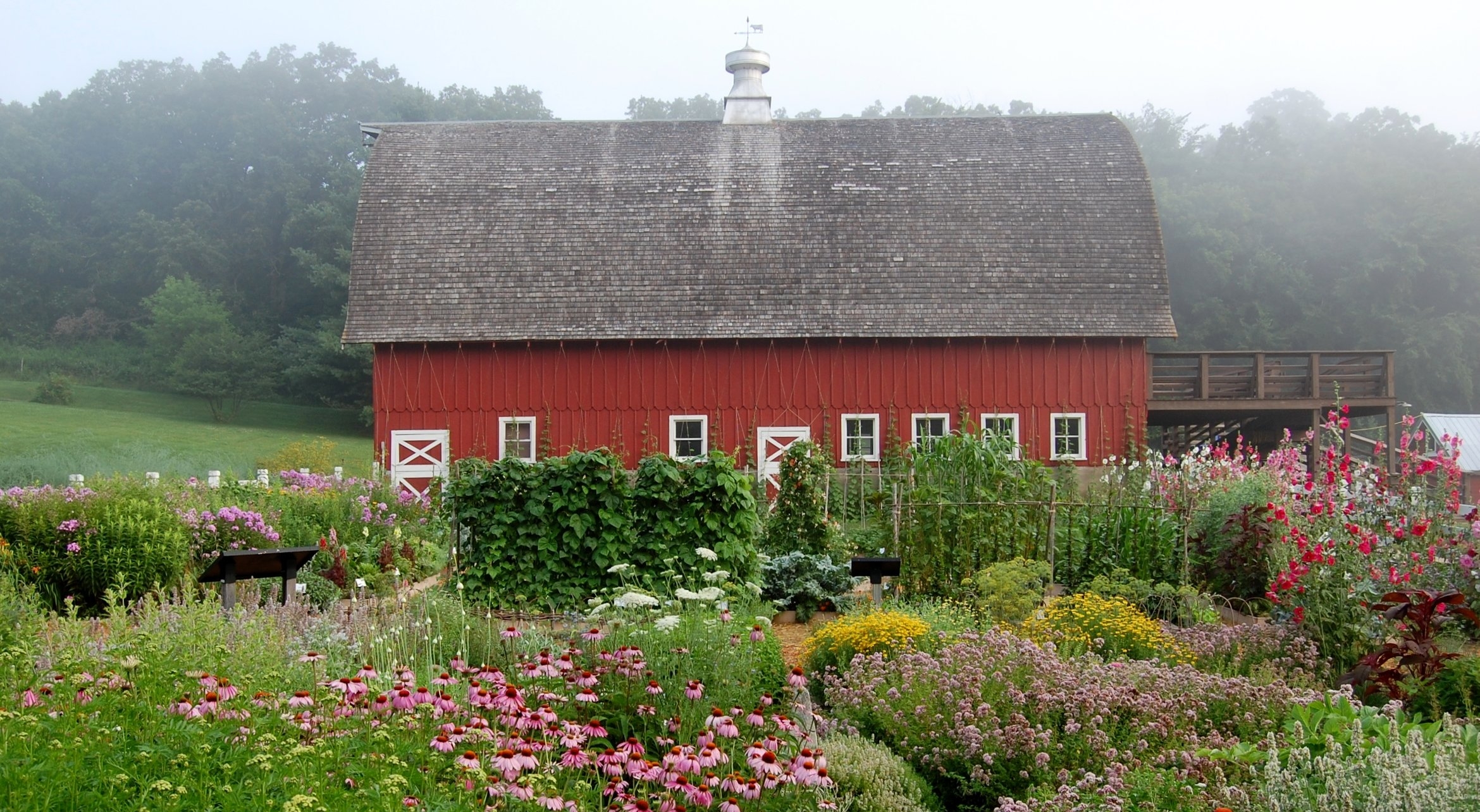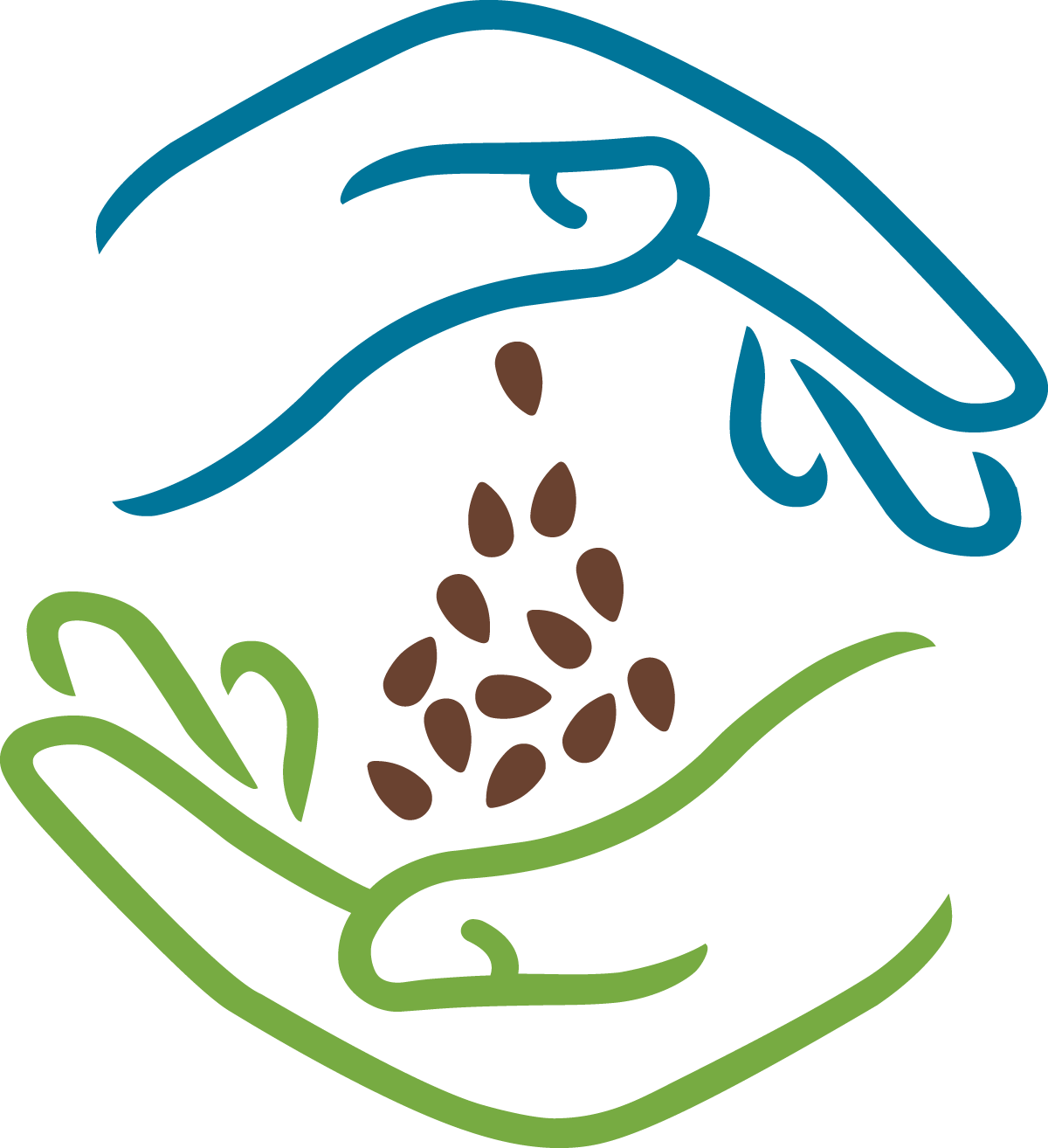These are no Galas or Granny Smiths, no Fujis or Honeycrisps. With all due respect to the handful of varieties one might peruse in the average grocery store produce section, many of the apple trees visitors find gorgeously blooming in spring in Seed Savers Exchange’s Historic Orchard—and bearing a bounty of fruit come summer and fall—can be found few other places in North America.
One could easily argue that apples are the iconic North American fruit, evoking in us poignant memories of making apple pie with our grandparents or picking fresh apples off fruit-laden boughs with our siblings. The phrase “American as apple pie” resonates for a reason, after all. For many of our forebears, apples were even essential to survival as the fruit traveled well and provided much-needed sustenance for the immigrants who headed westward across North America in the 19th century.
The Historic Orchard at Seed Savers Exchange, started on five acres of Heritage Farm in 1989, is a testament to our commitment to save, steward, and share the full richness of North America’s apple heritage. Today, 30 years after its inception, it holds more than 1,200 varieties of apple trees! But with the oldest trees declining in vitality and most of the younger trees in the collection sitting in nursery beds where they are not yet able to thrive, this nationally significant collection needs re-generation and revitalization.
And Seed Savers Exchange has crafted a plan to do just that. Over the next few years, we aim to reorganize and strengthen the structural integrity of the orchard, as well as trellis a number of the trees for greater density. Our goal to date has been to maintain two free-standing trees of each variety, but this is no longer possible, leaving some varieties at risk.
























